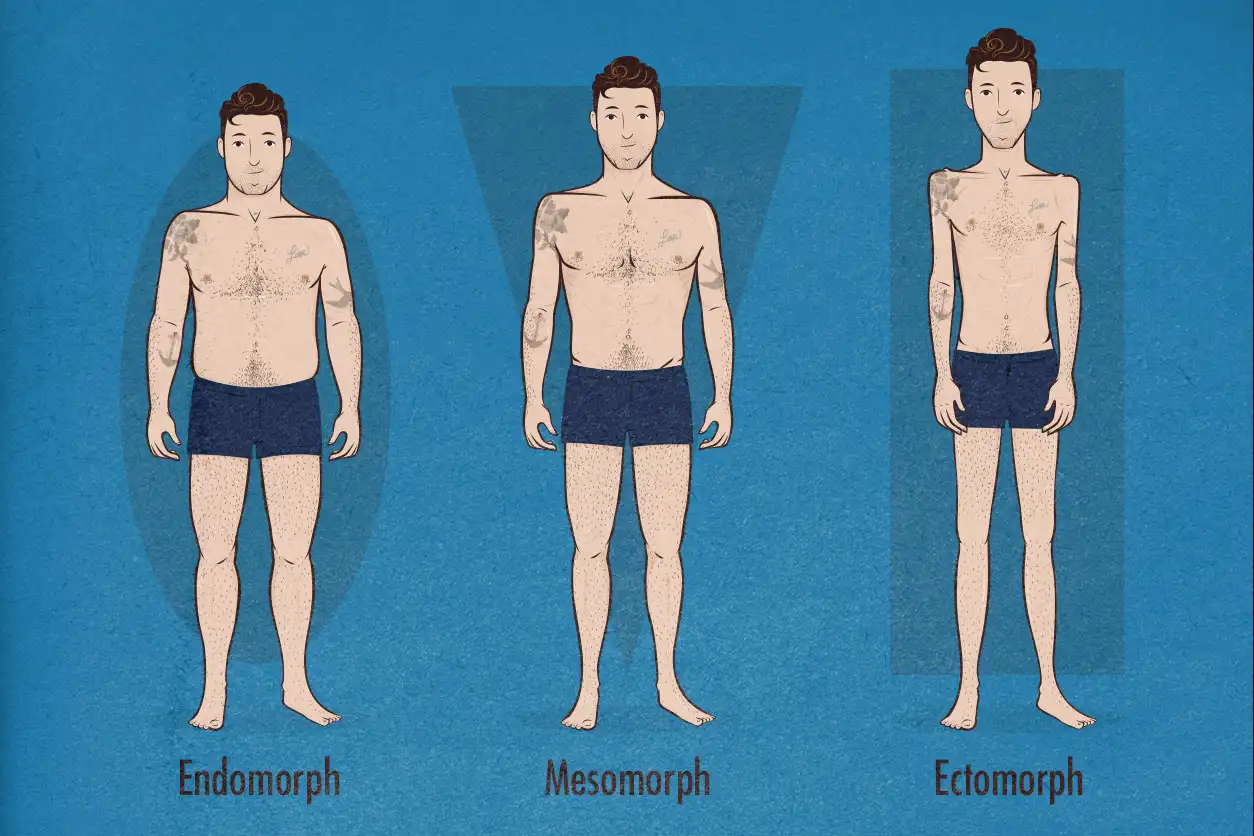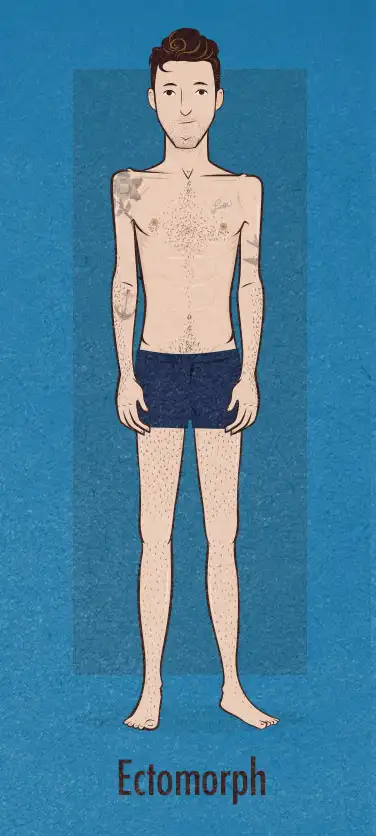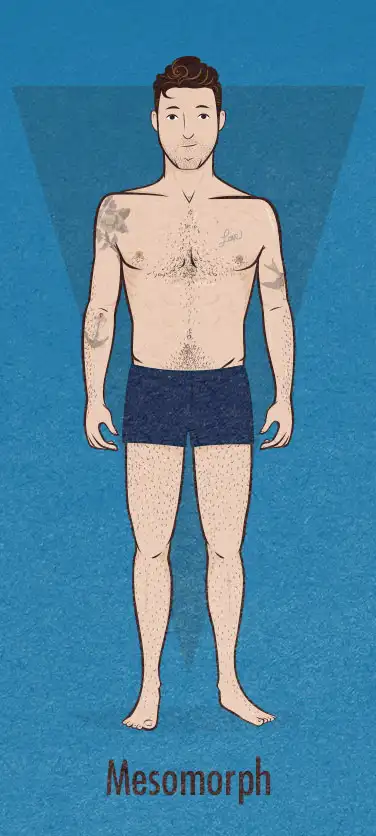Exploring the Distinctive Traits of Ectomorphs, Mesomorphs, and Endomorphs
Breaking down ectomorphs, mesomorphs, and endomorphs and how they impact fitness

The human body comes in various shapes and sizes, and this diversity is attributed to genetics, metabolism, and other factors. One popular classification system used to describe body types is the somatotype classification, which categorizes individuals into three main types: ectomorphs, mesomorphs, and endomorphs. These classifications provide valuable insights into how different body types respond to exercise, nutrition, and overall health. In this article, we will delve into the distinctive traits of each somatotype and how they can impact various aspects of an individual's life.
Ectomorphs: Lean and Limber

Ectomorphs are often characterized as the "slim" body type. Individuals with this somatotype tend to have a lean frame, narrow shoulders, and a fast metabolism. They generally find it difficult to gain weight, including muscle mass, due to their high metabolic rate. Ectomorphs often have a fast metabolism, which means they burn calories more quickly than other body types. They may struggle to gain muscle mass and strength, even with consistent training and a proper diet. Ectomorphs also have relatively smaller bone structures and low body fat levels.
- Lean and slim body type.
- Narrow shoulders and hips.
- Fast metabolism.
- Difficulty gaining weight, including muscle mass.
- Relatively smaller bone structure.
- Low body fat levels.
- Prone to looking "skinny" or "lanky."
Mesomorphs: Muscular and Athletic

Mesomorphs are often considered the "athletic" body type. They have a naturally muscular and well-defined build, with broad shoulders and a narrower waist. These individuals tend to gain muscle and strength relatively easily and respond well to resistance training. Mesomorphs often excel in sports and physical activities due to their inherent muscularity and power. They have a higher metabolism than endomorphs but not as fast as ectomorphs, making it easier for them to maintain a balance between muscle gain and fat loss.
- Muscular and well-defined physique.
- Broad shoulders and narrower waist.
- Easily gains muscle mass and strength.
- Responsive to resistance training.
- Athletic and excels in sports and physical activities.
- Moderately high metabolism.
- Balanced body composition.
Endomorphs: Curvy and Soft

Endomorphs are often described as having a "soft" body type. They typically have a rounder physique, with a higher percentage of body fat and a tendency to store fat more readily. Endomorphs usually have a wider waist and hips, giving them a curvier appearance. These individuals may struggle with weight management due to a slower metabolism, making them more prone to gaining weight. It's important to note that while endomorphs might find it challenging to lose weight, they can still achieve excellent fitness levels with proper nutrition and exercise.
- Round and curvier body type.
- Wider waist and hips.
- Higher percentage of body fat.
- Tendency to store fat more readily.
- Slower metabolism.
- Challenges with weight management.
- Can achieve fitness goals with proper exercise and nutrition.
Impact on Fitness and Nutrition
Understanding your somatotype can play a crucial role in tailoring your fitness and nutrition strategies for optimal results. Ectomorphs should focus on consuming a higher calorie intake to support muscle growth and engage in strength training to build lean muscle mass. Mesomorphs can benefit from a balanced approach, incorporating both strength training and cardiovascular exercises to maintain their muscular physique. Endomorphs should emphasize a well-balanced diet with a focus on portion control and regular physical activity to manage their body composition effectively.
The somatotype classification of ectomorphs, mesomorphs, and endomorphs provides a useful framework for understanding the inherent physical traits and tendencies of individuals. While these classifications offer insights into how our bodies might respond to different stimuli, it's important to recognize that human bodies are diverse and can exhibit traits from multiple somatotypes. Genetic predispositions should not be viewed as limiting factors but rather as starting points that can be influenced by lifestyle choices.
Remember, everyone's fitness and health journey is unique. Regardless of your somatotype, adopting a balanced approach that combines appropriate exercise and nutrition is key to achieving and maintaining your desired fitness goals. Whether you're aiming to gain muscle, lose weight, or improve overall health, understanding your body type can help you make informed decisions that align with your individual needs and aspirations.